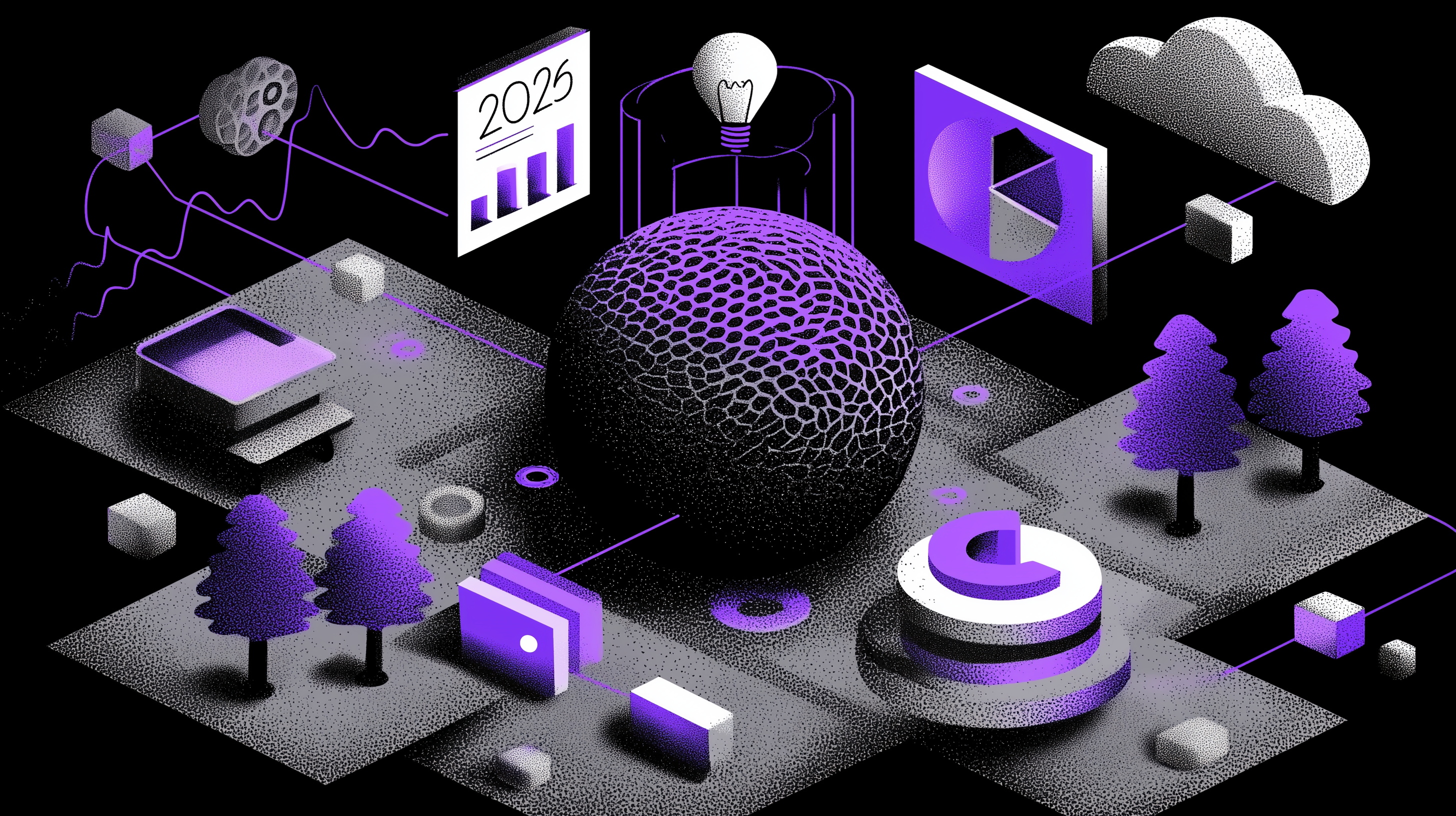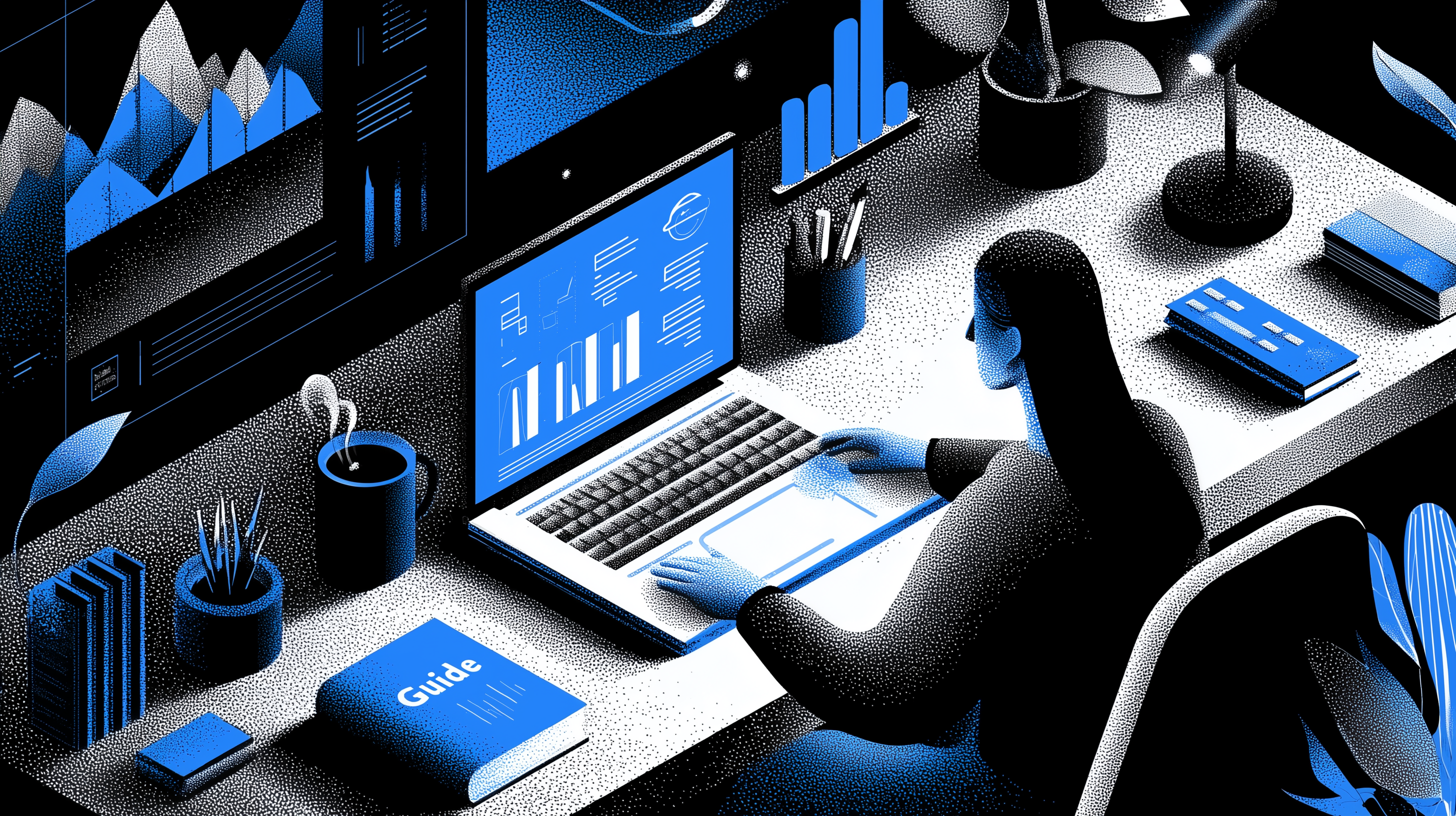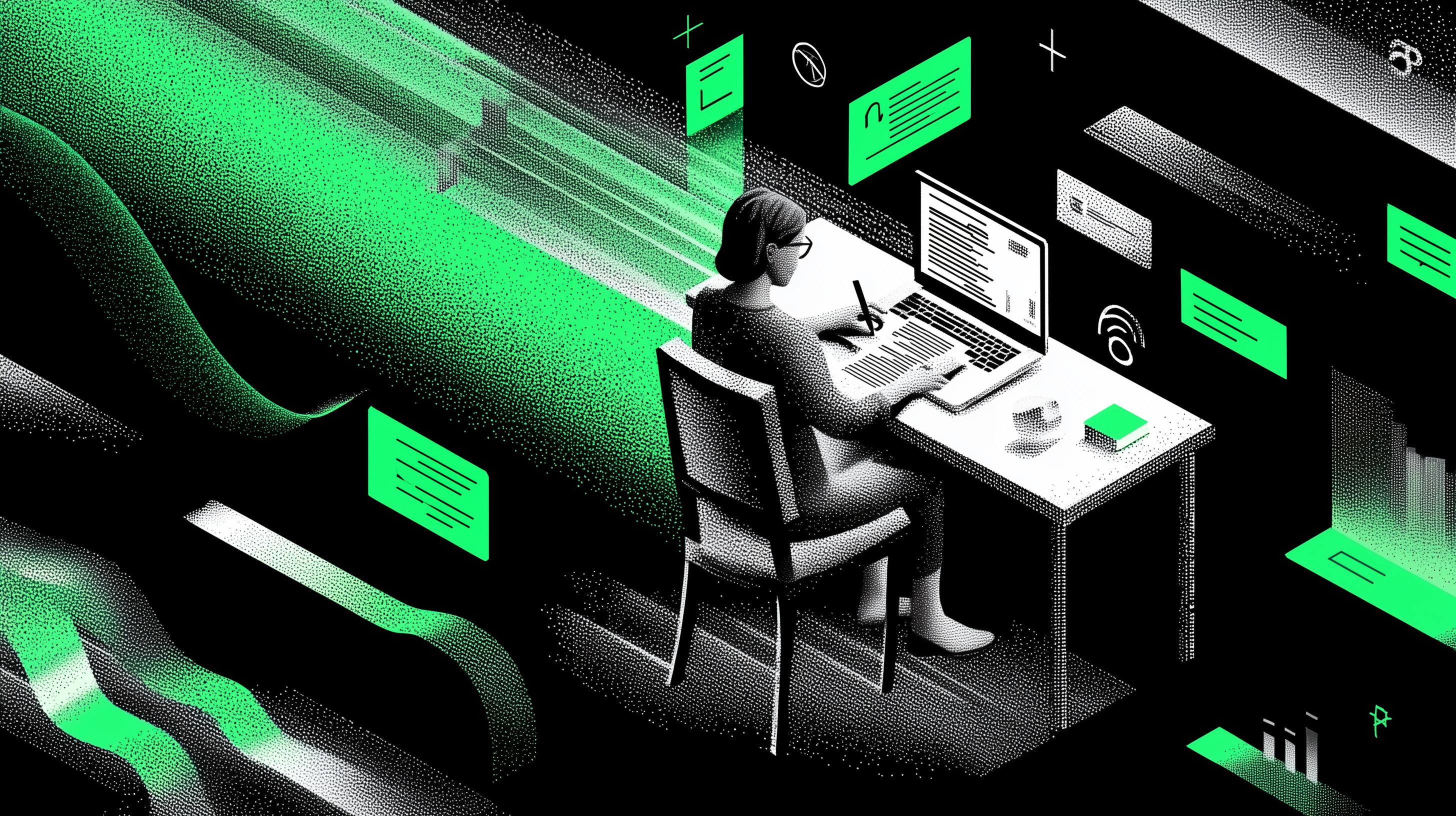2025 Trends for Agentic AI in Advertising and Marketing

Discover how agentic AI is transforming marketing in 2025: personalization, augmented creativity, and measurable ROI.
2025, the Pivotal Year for Agentic AI
In 2025, artificial intelligence (AI) becomes more than just an automation tool: it evolves into agentic AI, capable of acting autonomously in complex environments. In marketing and advertising, this marks a turning point.
According to the Adobe Digital Trends Report 2025, 65% of senior executives believe that AI and predictive analytics will be the main drivers of organizational growth (Adobe). Furthermore, 80% of companies plan to increase their investments in AI and new technologies in 2025 (Adobe).
Simple definition:
Agentic AI refers to autonomous agents capable of analyzing a situation, making decisions, and acting toward an objective—without constant human supervision.
Major Trends in Agentic AI for Advertising and Marketing
1. Hyper-Personalization and Predictive Targeting
The flagship promise of agentic AI in 2025 is personalization at scale. By collecting and analyzing behavioral data in real time, AI agents can anticipate consumer needs and trigger ultra-targeted campaigns.
- 65% of executives identify AI and predictive analytics as the main drivers of growth (Adobe).
- 61% believe that strengthening customer engagement through personalized experiences will be a critical success factor (Adobe).
In practice, this means one consumer will no longer see the same ad as another: every message, image, and offer will be dynamic and adapted to their profile.
2. Creative Workflows Enhanced by AI
Agentic AI is not just a personalization tool. It also accelerates and enriches content creation—texts, visuals, videos, and soon interactive experiences.
- 53% of generative AI users already report improved team efficiency (Adobe).
- 50% see significant acceleration in ideation and content production (Adobe).
Platforms like MTM integrate these capabilities with advanced features such as:
- creative workflows to streamline production,
- versioning to test multiple campaign variations,
- smart archiving to capitalize on best practices.
3. Immersive and Interactive Experiences
Consumers in 2025 no longer want to be spectators, but participants. Agentic AI paves the way for immersive advertising experiences by combining with augmented reality (AR) and virtual reality (VR).
Imagine: an AI agent that adapts an interactive campaign in real time based on a user’s gestures in a VR environment. Or a conversational agent that transforms a chatbot into a personalized advertising advisor, guiding a customer throughout their purchasing journey.
Brands can thus create living, interactive campaigns where every interaction becomes a relevant touchpoint.
4. Ethical and Responsible Automation
The rise of AI also brings a growing demand for transparency and accountability. Companies must demonstrate that agentic AI respects ethical principles and data protection.
- According to PwC, 79% of companies report having already adopted AI agents (PwC).
- Among them, 66% say these agents deliver measurable value, notably in productivity gains (PwC).
In 2025, compliance with European guidelines and ethical practices will be both a trust signal and a competitive advantage for brands.
5. Advanced Analytics and Continuous Optimization
Agentic AI is also transforming how we measure and optimize marketing performance. Campaigns are no longer evaluated only afterwards—they are adjusted in real time.
- 79% of companies plan to increase their investments in customer data and analytics in 2025 (Adobe).
- 78% will boost their digital media budgets to support this approach (Adobe).
As Hélène Roussel (Artefact) summarizes:
“In 2025, agentic AI doesn’t replace creatives, it multiplies their capabilities.”
Opportunities for Brands and Agencies
The benefits of agentic AI in marketing and advertising are numerous:
- Increased efficiency: more than half of organizations using AI report measurable productivity gains (Adobe).
- Strong ROI: 62% of organizations expect ROI above 100% through agentic AI (Multimodal).
- Mass adoption: by the end of 2025, 85% of companies will have adopted AI agents in at least one workflow (Bigsur AI).
High-potential sectors include:
- Retail → real-time product recommendations.
- Healthcare → virtual assistants providing patient information.
- Finance → personalized banking offers.
- Entertainment → interactive experiences in gaming and streaming.
For an Effective Human + Agentic AI Collaboration
2025 marks the shift of AI in marketing from a passive role to an agentic role. Far from replacing human talent, these agents become creative and analytical copilots.
Marketers remain the strategists, creatives keep their inspiration. But with agentic AI, they now have tools capable of amplifying their vision, accelerating execution, and continuously measuring impact.
👉 The future of marketing will be collaborative: human + agentic AI. For companies investing now, the future starts today.
FAQ
1. What is agentic AI in marketing?
It is AI that acts autonomously to optimize campaigns: personalization, execution, and real-time analysis.
2. What are the concrete benefits of agentic AI in advertising?
Time savings, hyper-personalization, improved creative efficiency, continuous optimization, and measurable ROI.
3. Will AI replace creatives in 2025?
No. Agentic AI amplifies human capabilities but does not replace intuition or creativity.
4. What tools help integrate agentic AI?
Marketing platforms with generative and agentic AI: orchestration of creative workflows, smart archiving, and real-time analytics.
5. How can companies prepare for the 2025 trends?
By investing in data, training teams in AI, piloting use cases, and setting clear performance measures.
Sources
Other Posts

Practical Guide: 8 Project Management Mistakes to Avoid for a Successful Collaborative Workflow

The Complete 2025 Guide: 5 Steps to Launch, Monitor, and Close a Successful Marketing Project

